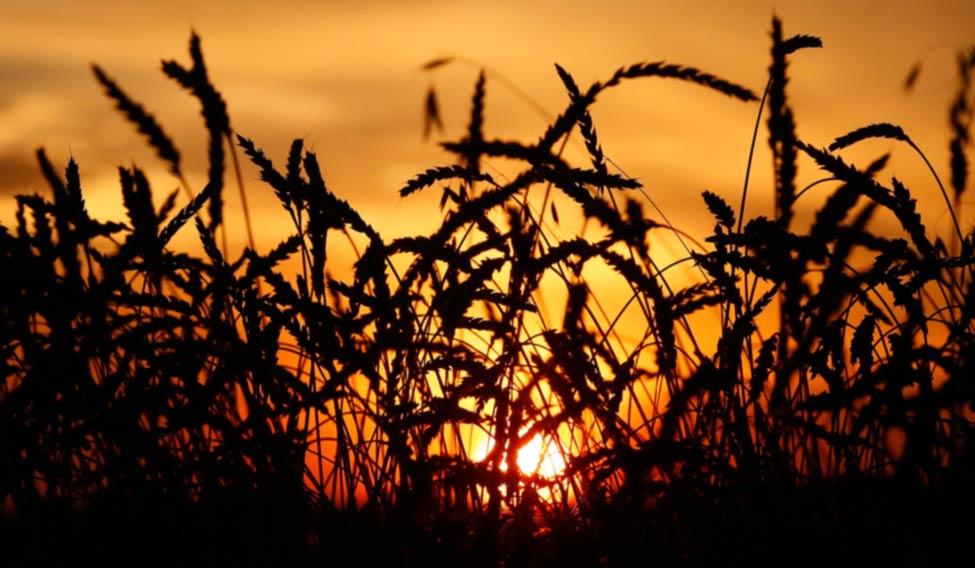In what is claimed to be the first global mega study, Indian agricultural scientists screened about 20,000 accessions of wheat germplasm conserved in the country's gene bank to identify genes that can confer resistance against all types of fungal diseases affecting cereal grain grown worldwide.
"Ours was an unprecedented initiative," Kailash Bansal, former director of the National Bureau of Plant Genetic Resources, New Delhi, told IANS about the study carried out by his team of 37 scientists from various institutes under the Indian Council of Agricultural Research (ICAR). Their findings were reported recently in the journal PLOS ONE.
"This is the first such exercise conducted by any gene bank in the world where the entire germplasm collection of cultivated wheat was evaluated at multiple hotspots" to identify new sources of genes for disease resistance, Bansal said.
India has the second-largest gene bank in the world with 0.43 million accessions -- including about 25,000 of wheat and 100,000 of rice. The only other wheat gene bank is at the International Centre on Wheat and Maize Research (CIMMYT) in Mexico.
"In my opinion, the diversity in the wheat germplasm that we have conserved in India carries an array of resistance genes, which could be deployed for protection against the fungus Ug99 to which 90 per cent of the wheat varieties grown worldwide are susceptible," Bansal said.
Ug99 -- so called because it was first detected in Uganda in 1999 -- is the deadliest strain of "stem rust" and is considered a threat to global food security.
Indian gene bank accessions were screened sequentially at multiple disease hotspots -- Wellington in Tamil Nadu, Gurdaspur in Punjab, and Cooch Behar in West Bengal -- during four crop seasons. This allowed short-listing of potential resistance sources.
Those wheat accessions which were found to be resistant in the field were then assayed for seedling resistance and "profiled using molecular markers".
"The resistant germplasm accessions identified in this study can be excellent candidates for breeding resistance into high-yielding wheat cultivars and are expected to contribute toward food security at national and global levels," says their report.
Several rust-resistant varieties of wheat have been provided by CIMMYT to breeders around the world, but emergence of newer types of virulent strains had led to a breakdown of resistance.
Evolution of fungal pathogens with a high reproductive rate and ability to spread quickly due to climate change are a major threat to food security, the report says.
"It is therefore imperative to search for new resistance sources for these diseases to minimise the yield losses under changing climate," says the report.
The ambitious Indian study for evaluating nearly 20,000 wheat germplasm "is significant not just by its sheer scale but it could successfully identify many sources of disease resistance that may lead to the development of multiple disease resistant cultivars in the future," the scientists claim.






